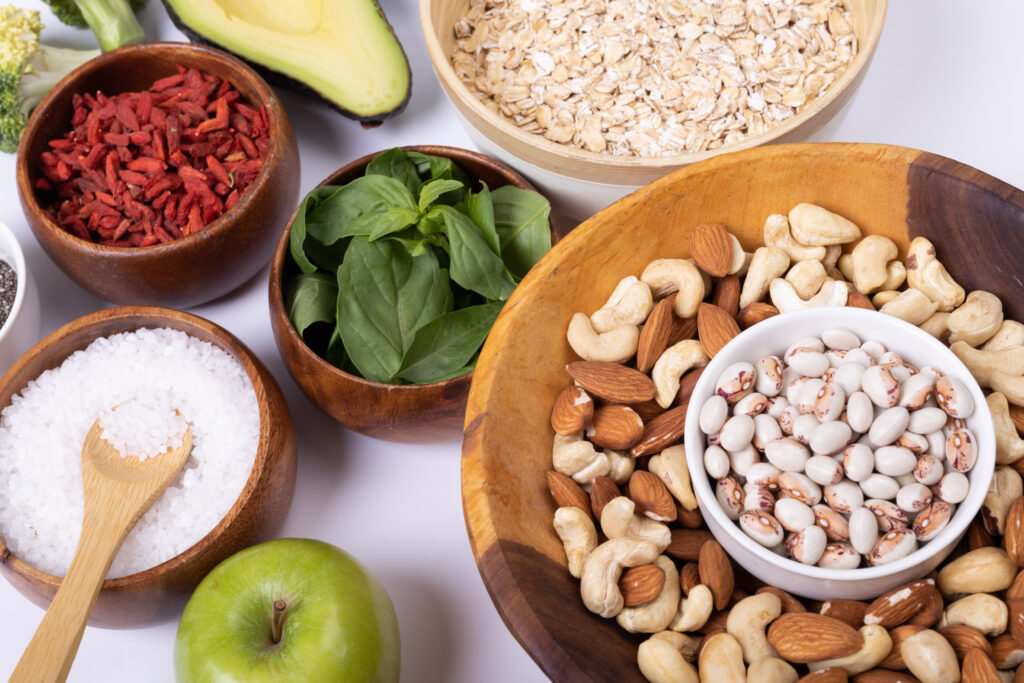In the expansive world of health and wellness, the topic of estrogen and its impact on the body is surrounded by layers of complexity and widespread misconceptions. One commonly held belief is the association between estrogen and an increased risk of breast cancer. However, this narrative only scratches the surface of a much deeper and more nuanced understanding of estrogen’s role in our bodies.

Diving Deeper into the World of Estrogen
Estrogen is not a single entity but a group of hormones that play critical roles in both women’s and men’s health. The journey into the estrogen realm reveals the existence of various estrogen metabolites, each with its unique effects on health and disease. Some of these metabolites present a higher risk of contributing to breast cancer than others. Yet, it’s the interplay between these metabolites and other factors—such as genetics, liver enzymes, antioxidants, and biochemical pathways—that ultimately influences breast cancer risk.
Estrogen: A Piece of a Larger Puzzle
Understanding estrogen’s place in the body highlights its significance as part of a larger puzzle. Achieving healthy estrogen metabolism is key to minimizing disease risk and ensuring hormonal balance. So, what proactive steps can you take to support this process?
Strategies for Healthy Estrogen Metabolism
- Gut Health and Estrogen Elimination: The gut plays a pivotal role in eliminating excess estrogen. Enhance this process by including fiber-rich foods in your diet, such as fruits, vegetables, and whole grains. Probiotics and supplements like calcium-d-glucarate can further support this elimination pathway, promoting a healthy gut microbiome.
- Liver Health and Estrogen Metabolism: The liver is your detox powerhouse, crucial for metabolizing estrogen. Nurture your liver with sulfur-rich foods (e.g., onions, garlic, broccoli) and antioxidant-rich supplements like resveratrol. These nutrients support liver function and facilitate the healthy metabolism of estrogen.
- Producing Favorable Estrogen Metabolites: Certain supplements, including DIM (diindolylmethane) and I3C (indole-3-carbinol), are known for their ability to encourage the production of more benign estrogen metabolites. These can be particularly useful in managing and mitigating risks associated with hormonal imbalances.
Customizing Your Approach
Given the individualized nature of hormonal health, the most effective strategies are those tailored specifically to you. This customization considers your unique health profile, lifestyle, and risk factors, ensuring a targeted and effective approach to hormonal balance.
Embracing Support on Your Journey
In navigating the complexities of estrogen and hormonal health, knowledge is your best ally. Yet, embarking on this journey alone can be daunting. Recognizing when to seek guidance from health professionals can pave the way to a healthier, more balanced you.
Your Next Steps toward Hormonal Harmony
Understanding estrogen’s multifaceted role illuminates the path to better health but taking the first step on this path can be the hardest. Whether you’re seeking to balance your hormones, reduce disease risk, or simply enhance your overall well-being, personalized support can make all the difference.
Are you ready to embrace a healthier, more balanced approach to your hormonal health?
Book a call today to start your journey to a more vital and healthier you. With tailored support, you can achieve the hormonal harmony needed for a vibrant life. Our dedicated team is here to guide you every step of the way.







